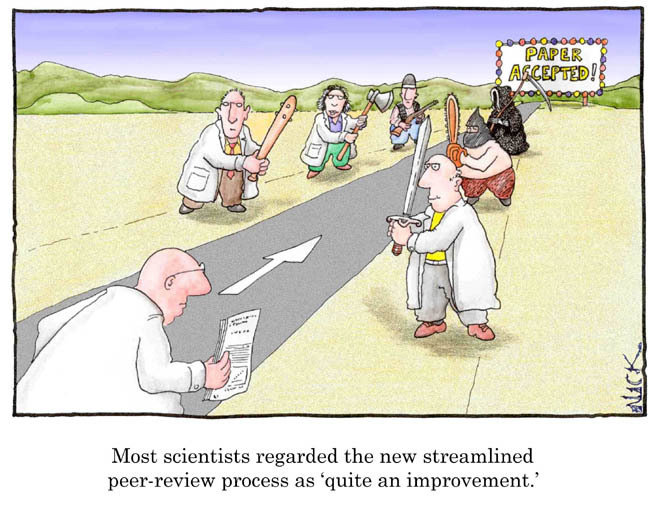"Epigenetics is a useful word if you don't know what's going on — if you do, you use something else"
There is a generalized misconception (mainly among scientists that are not experts on chromatin) on what epigenetics means.
So what exactly
is epigenetics? On a recent meeting (last December) on chromatin-based epigenetics, hosted by the
Banbury Conference Center (a beautiful place) and Cold Spring Harbor Laboratory, several aspects of epigenetic control of gene expression and function were discussed and there was an intent to arrive at a consensus definition of epigenetics to be considered by the broader community.
Berger
et al.,
2 illustrate the concept and provide us with an
operational definition of epigenetics. As it is now clear that there are several mechanisms involved in the initiation, maintenance, and heritability of epigenetic states, it’s important to integrate this knowledge into an operational framework.
Let’s start by getting the concept of "epigenetics" out of our way: “An epigenetic trait is a
stably heritable phenotype resulting from changes in a chromosome without alterations in the DNA sequence.” Nothing more, nothing less.
How this state is initiated, maintained and inherited is what constitutes the
operational definition of epigenetics and an exciting topic at present.
The authors propose that there are three categories of signals that lead to the establishment of a stably heritable epigenetic state: 1) “Epigenator,” which includes an environmental cue and the intracellular pathways that can lead to an epigenetic phenotype; 2)“Epigenetic Initiator”, which responds to the Epigenator and mediates the establishment of a local chromatin context at
a precise location and 3) “Epigenetic Maintainer”, which sustains the epigenetic chromatin state, in the first and subsequent generations, but is not sufficient to initiate it. (See figure).
 Figure 1.
Figure 1.
Interestingly, post-translational modification of histones could be considered as a Maintenance signal. Nevertheless, it’s not always correct to define histone modifications as epigenetic events. As discussed in the Nature article
1, scientists often use the term "epigenetic" to refer to histone modifications in the context of
dynamics processes such as transcription induction or DNA repair.
This is wrong. Those are not
epigenetic events .
Kevin Struhl at Harvard Medical School in Boston makes the same point
1:
"Why did histone marks become epigenetic?" People decided that if they call them that it makes them interesting. Others say that it is not about making things sound important, it is more the lack of any other phrase with which to collectively refer to this type of work"
(I would cringe if someone told me “I’m going to use the term X because I’m not exactly sure what else to use, although I know it may not be the most appropriate word for what I’m trying to say”).
As discussed by Berger
et al.,
“(…) certain histone modifications very likely play a role as Maintainers of epigenetic signals; however, this does not mean that all post-translational modifications of histones are epigenetic in nature”
Finally, Berger et al. discuss some biological examples for each of the proposed categories, for example, non-coding RNAs (such as Xist, see refs.3,4) as Initiatiors (see figure).
This is an interesting article considering the importance of this “precise and stable control of gene expression and genomic regulation through multiple generations”, and I welcome these kinds of articles that come along every few years to remind us what certain concepts actually refer to in order for everyone to be on the same page.
---
UPDATE. I wanted to post figure 1 from this paper but I was concerned about it, as one journal has already made a huge deal about 'reproducing figures' on a blog. I requested permission but as I got no answer I didn't post it. Today, however, I received an email from Laureen Connell, Assistant Editor at G&D granting me permission so you can now enjoy the figure as part of the post.
1Nature 455, 1023-1028 (2008)
2Berger, S., Kouzarides, T., Shiekhattar, R., & Shilatifard, A. (2009). An operational definition of epigenetics Genes and Development, 23 (7), 781-783 DOI: 10.1101/gad.17876093 Payer B, Lee JT (2008) X chromosome dosage compensation: how mammals keep the balance. Annu Rev Genet. 2008;42:733-72.
4 Ng K, Pullirsch D, Leeb M, Wutz A (2007)Xist and the order of silencing. EMBO Rep. 2007 Jan;8(1):34-9.














